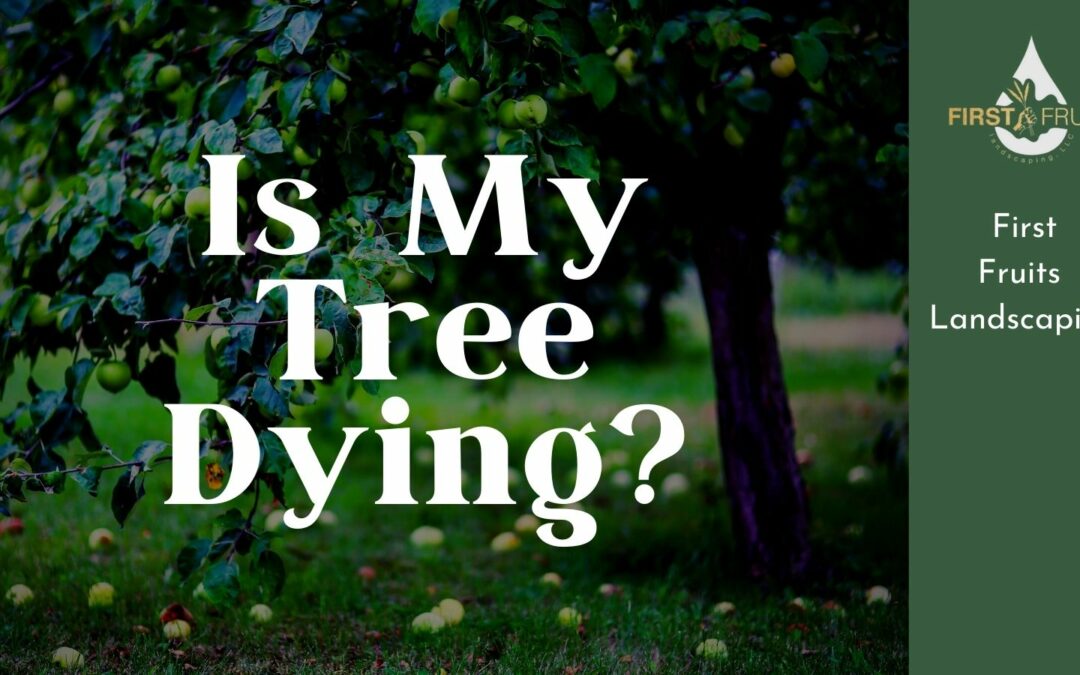Is My Tree Dying? When you have a tree that isn’t doing well, it is normal to want to wait to remove it until you know whether it’s dead or could possibly pull through. Here are some tips to determine whether a tree could recover or if it’s time to say goodbye to your declining tree.
Is My Tree Dying? How to Tell
Root Rot and Fungus
Overwatering, heavy rains with standing water and more than average humidity can lead to root rot. This condition can come on quickly. With the right conditions for fungus to grow, a tree can die from root rot within ten days. Sometimes, making changes to the overly moist environment can cure a tree, but if it has a heavy case of root rot, the tree needs to be removed so the rot doesn’t spread to other trees and shrubs.
A few tell-tale signs that a tree is suffering from root rot is poor growth, as the nutrients cannot be absorbed through the saturated soil. The smell of the soil around the tree can also put off a foul odor as it grows bacteria and is causing the roots to die. Wilting discolored leaves, and soft or mushy roots are other indicators that the tree may not survive. If roots are inspected and your tree looks like it’s dying, the best thing to do is remove the tree, ensuring all roots are taken out with it to avoid spreading disease. Planting a new tree should always be done in a well-drained areas and with nutrient-rich soil.
Pest Problems
Chewed leaves, white spots on foliage, and holes in bark or branches can be a sign that pests such as aphids, spider mites, or wood-boring beetles have moved in. While the smaller pests like aphids and spider mites can often be treated with soapy water mix and a strong spray down, sometimes these pests take hold and need a heftier treatment. Applying an herbicide may become necessary if a larger infestation is noted or the soapy water treatments aren’t effective.
To treat bigger pests such as wood borers, who tend to make tunnels and lay their eggs inside of branches and bark, applying an insecticide is often necessary. Prevention is easier than treatment, so removing fallen or decaying branches from the ground or delimbing broken and damaged tree limbs will keep these wood borers from their initial onset.
How to tell a tree dying? When you see that a tree isn’t thriving, take time to find the cause. Nursing a tree back to life feels much better than having to dig it out and start over again, especially when the cause of its decline isn’t determined. Removing a tree and replacing it with another, when the underlying condition has not been addressed, often ends up with the same kind of decline in subsequently planted trees. Make sure the soil and environment are at their best before you start again.

